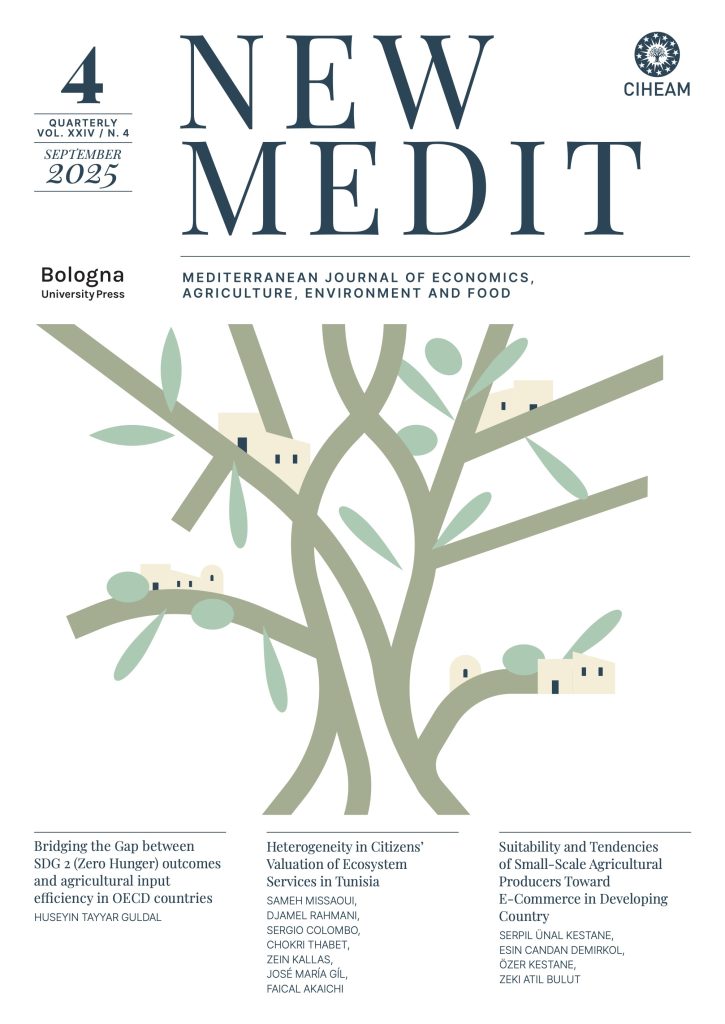This study examines the EU fisheries sector’s environmental efficiency based on CO2 emissions from marine gas consumption. We utilize the European Commission’s Scientific, Technical, and Economic Committee for Fisheries (STECF) dataset compiled over the period spanning 2013 to 2022. We evaluated environmental efficiencies employing the Tone Slack-Based Measure (SBM) with a undesirable output approach. Our analysis involves two models: one assessing the environmental efficiency based on the live weight of landings as the good output and CO2 emissions as the undesirable outcome, and the other model focusing on revenue derived from fishing activities as the good output and CO2 emissions as the undesirable outcome. The EU fishery sector’s environmental efficiency averages 0.712 based on live weight landings and CO2 emissions, while it increases to 0.831 when considering fishery revenue instead of live weight landings. Results show that it is feasible to reduce CO2 emissions from fishing activities ranging from 24.6% to 26.2%. Some countries, such as Latvia, Lithuania, Netherlands, Poland, and Estonia, demonstrate exemplary environmental efficiencies with perfect scores.











